Deep beneath New Zealand’s rolling green hills lies one of nature’s most mesmerizing light shows. In the darkness of ancient limestone caves, thousands of tiny organisms create a galaxy of blue-green stars that has left visitors spellbound for over a century. But here’s what might surprise you – these magical creatures aren’t actually worms at all, and their light isn’t produced by bacteria as many people think. Welcome to the fascinating world of Waitomo’s glowworms, where science meets wonder in the most extraordinary way.
The Great Misconception: Not Worms, Not Bacteria

Let’s clear up the biggest misunderstanding right from the start – despite their name, glowworms have absolutely nothing to do with worms or bacteria. New Zealand’s glowworms aren’t actually worms at all. Rather, the star of the show is a predatory gnat with a special talent called bioluminescence. These remarkable creatures are native only to New Zealand, the Arachnocampa luminosa gnat produces a specialized enzyme called luciferase that creates a chemical reaction within the body, allowing them to emit a blue-green light. Think of them as nature’s own tiny lanterns, but instead of burning fuel, they’re conducting an intricate biochemical ballet inside their bodies. The confusion likely stems from their worm-like appearance during the larval stage, when they dangle from cave ceilings like living Christmas lights. It’s a bit like calling a caterpillar a leaf just because it spends time on one.
Ancient Caves Born From Prehistoric Seas

The stage for this natural light show was set millions of years before humans ever walked the earth. The limestone formation in the Waitomo Glowworm Caves occurred when the region was still under the ocean about 30 million years ago. The limestone is composed of fossilized corals, seashells, fish skeletons, and many small marine organisms on the sea beds. Picture an ancient underwater cemetery where countless sea creatures were slowly transformed into the solid rock foundations of today’s caves. Over millions of years, these fossilized rocks have been layered upon each other and compressed to create limestone and within the Waitomo region the limestone can be over 200 m thick. The caves began to form when earth movement caused the hard limestone to bend and buckle under the ocean and rise above the sea floor. As the rock was exposed to air, it separated and created cracks and weaknesses that allowed for water to flow through them dissolving the limestone and over millions of years large caves were formed. It’s like nature’s version of a slow-motion sculpture, carved drop by drop over eons.
The Science Behind the Glow: A Biochemical Marvel

The New Zealand glowworm, Arachnocampa luminosa, is well-known for displays of blue-green bioluminescence, but details of its bioluminescent chemistry have been elusive. The glowworm is evolutionarily distant from other bioluminescent creatures studied in detail, including the firefly. What makes these creatures truly special is their unique biochemical system. The blue-green glow that the larvae of Arachnocampa luminosa demonstrate, reaches a maximum wavelength of 487 nm and is produced through a biochemical reaction involving a distinct luciferase enzyme and a specific luciferin molecule. The unique luciferin used by glowworms is synthesised from xanthurenic acid and the amino acid ‘tyrosine’, setting it apart from other known bioluminescent systems, including those of fireflies, which typically utilise D-luciferin. Imagine having your own personal chemistry set that produces cold light – that’s essentially what each glowworm carries around in its belly. This bioluminescent light is produced through a chemical reaction between an enzyme and oxygen, emitting a blue-green glow. Remarkably, this process is very energy efficient, with 90% of the energy used in the reaction converted to light. Compare this to the latest LED lightbulbs, which convert only 20% of their energy to light.
Life Cycle of a Living Light Bulb
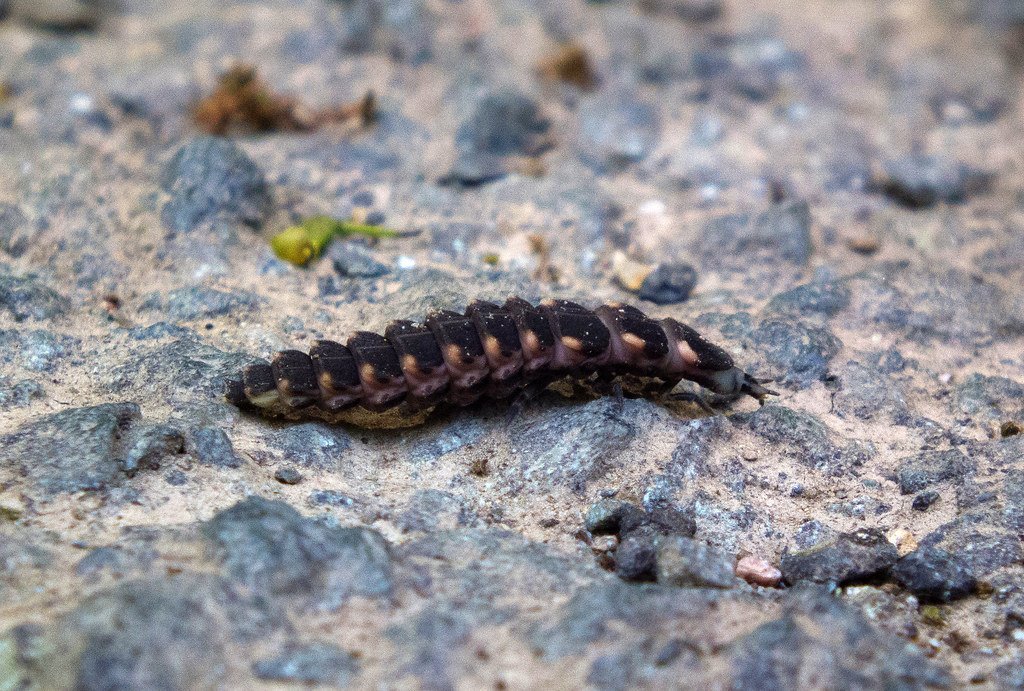
The glowworm’s existence is a race against time, with most of its life spent as a glowing larva in the darkness. Arachnocampa luminosa spends most of its life as a larva 3 to 5 millimeters long, for about 6 to 12 months, then transitions into a pupa for about 1 to 2 weeks, before it finally turns into an adult fly. During the larval stage, they’re like tiny construction workers, the larvae create nests and hanging lines of silk and mucous, and the ghostly light that shines from their hind ends illuminates these sticky traps. The adult insects, which look similar to large mosquitoes, have only the most rudimentary gastrointestinal tracts and cannot eat. They live for only two or three days — just enough time to mate and lay a cluster of eggs on the walls or ceiling of the cave. When the larvae hatch after about three weeks, they immediately begin glowing and migrating toward available ceiling space above the water. Think of the adults as living love letters – they exist solely to find a mate and continue the species, burning bright and brief like shooting stars.
Master Predators of the Underground

Don’t let their ethereal glow fool you – these creatures are ruthless hunters perfectly adapted to cave life. However, a small group including the Arachnocampa luminosa are carnivorous. Using their dark, damp and cool environment to their advantage, glowworms construct vertical silk threads coated with mucus to trap flying insects. Alongside this, they use their bluish-green glow to attract the small flying insects and lure the prey into the snares of their sticky threads. When the prey is entangled in a snare, the larva pulls it up by ingesting its own snare and begins to feed on the prey alive after immoblising them. It’s like having a fishing line made of light – the glow acts as both bait and beacon. Prey include midges, mayflies, caddisflies, mosquitos, moths, and even small snails or millipedes. When a prey animal is caught by a snare, its larva pulls it up (at up to about 2 mm a second) and feeds on the prey. When food becomes scarce, these creatures show their darker side: When Arachnocampa prey are scarce, larvae may show cannibalism, eating other larvae, pupae or adult flies.
The Cathedral and Its Living Constellation
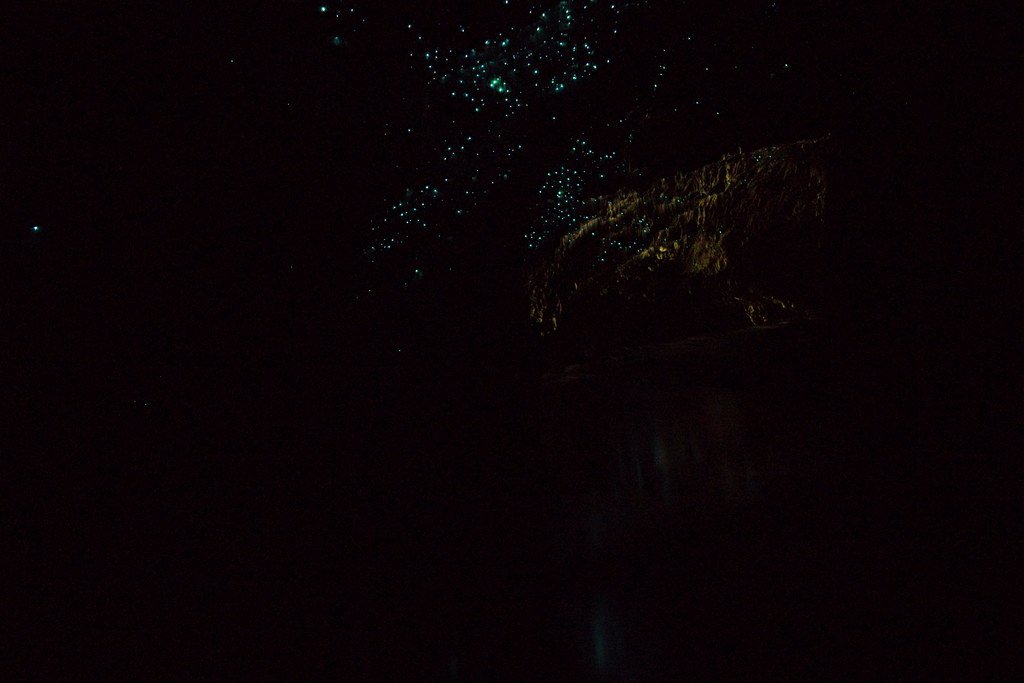
The Waitomo Glowworm Caves offer visitors a journey through multiple levels, each more spectacular than the last. The guided tour through the Waitomo Glowworm Caves brings the visitor through three different levels and begins at the top level of the cave and the Catacombs. The levels are linked by the Tomo, which is a 16 m vertical shaft made of limestone. The second level is called the Banquet Chamber. The Cathedral is an enclosed area with rough surfaces, now paved, and is about 18 m high, giving it good acoustics. A number of famous singers and choirs have performed here including Dame Kiri Te Kanawa. But the real show begins in the final chamber. The tour concludes with a boat ride through the Glowworm Grotto. The boat takes the visitor onto the underground Waitomo River where the only light comes from the tiny glowworms creating a sky of living lights. Here, glowworms number in the thousands, and the lines of silk hanging from the roof of the cave are even more numerous. It’s like floating through a mirror image of the Milky Way, except this galaxy is alive and breathing just above your head.
A Discovery Story Written in Candlelight
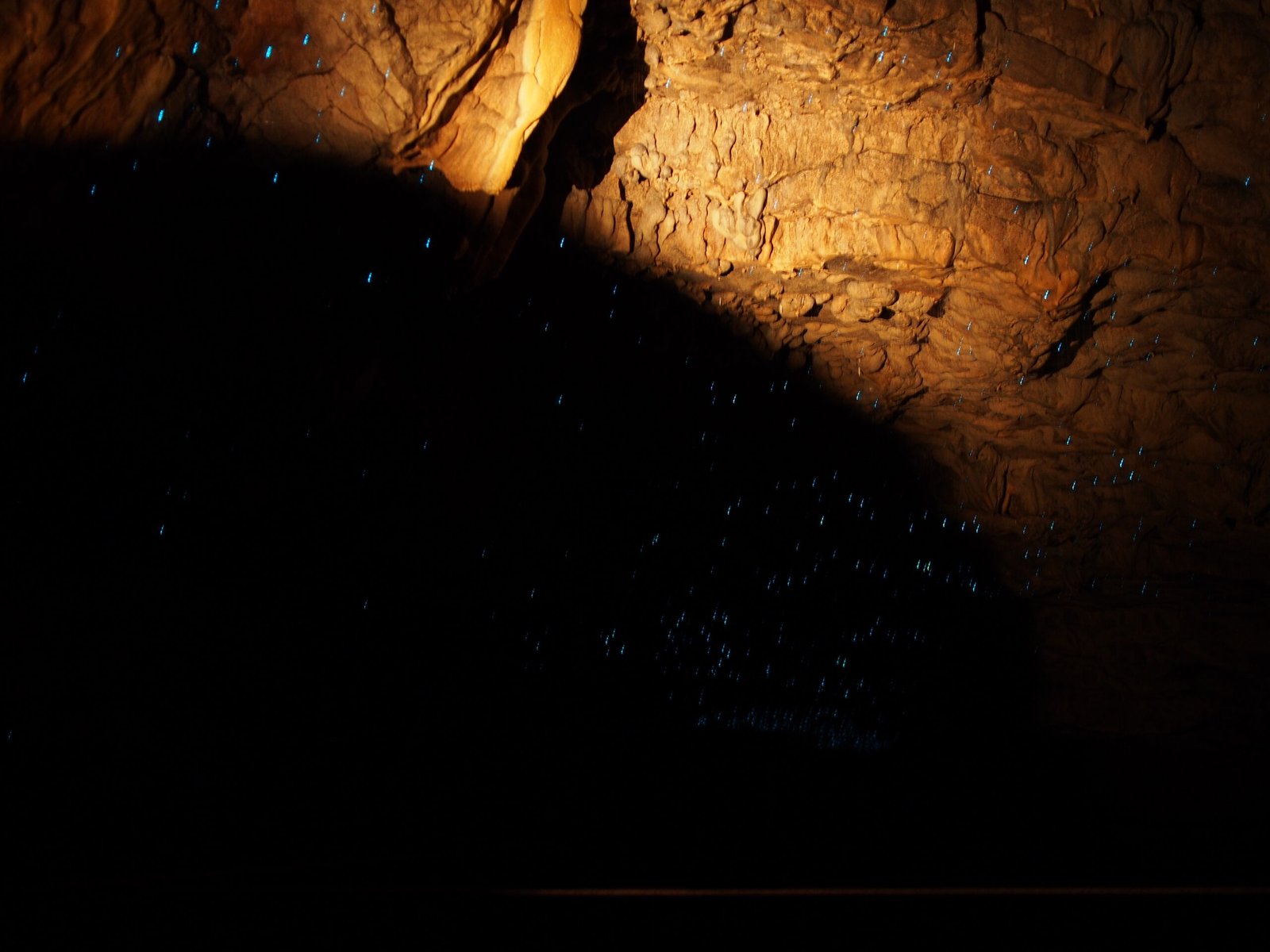
The caves’ discovery reads like an adventure novel from the Victorian era. Waitomo’s natural light show was reportedly first explored by Maori chief Tane Tinorau in 1887. He fully navigated the cave’s waterways, accompanied by Fred Mace, a British surveyor, on a hand-woven raft using candles to guide the way. Later, he discovered an above-ground entrance that made for easier access. As they began their journey, they came across the Glowworm Grotto and were amazed by the twinkling glow coming from the ceiling. As they travelled further into the cave by poling themselves towards an embankment, they were also astounded by the limestone formations. Within two years, locals were leading spellbound tourists into the cave. Ever since, cave tours have served as a valuable economic resource in the local community, and many of the tour guides now working at Waitomo Caves are descendants of Tane Tinorau. Imagine the awe these early explorers must have felt, drifting through absolute darkness only to discover a living constellation overhead.
The Glowworm’s Unique Evolutionary Path
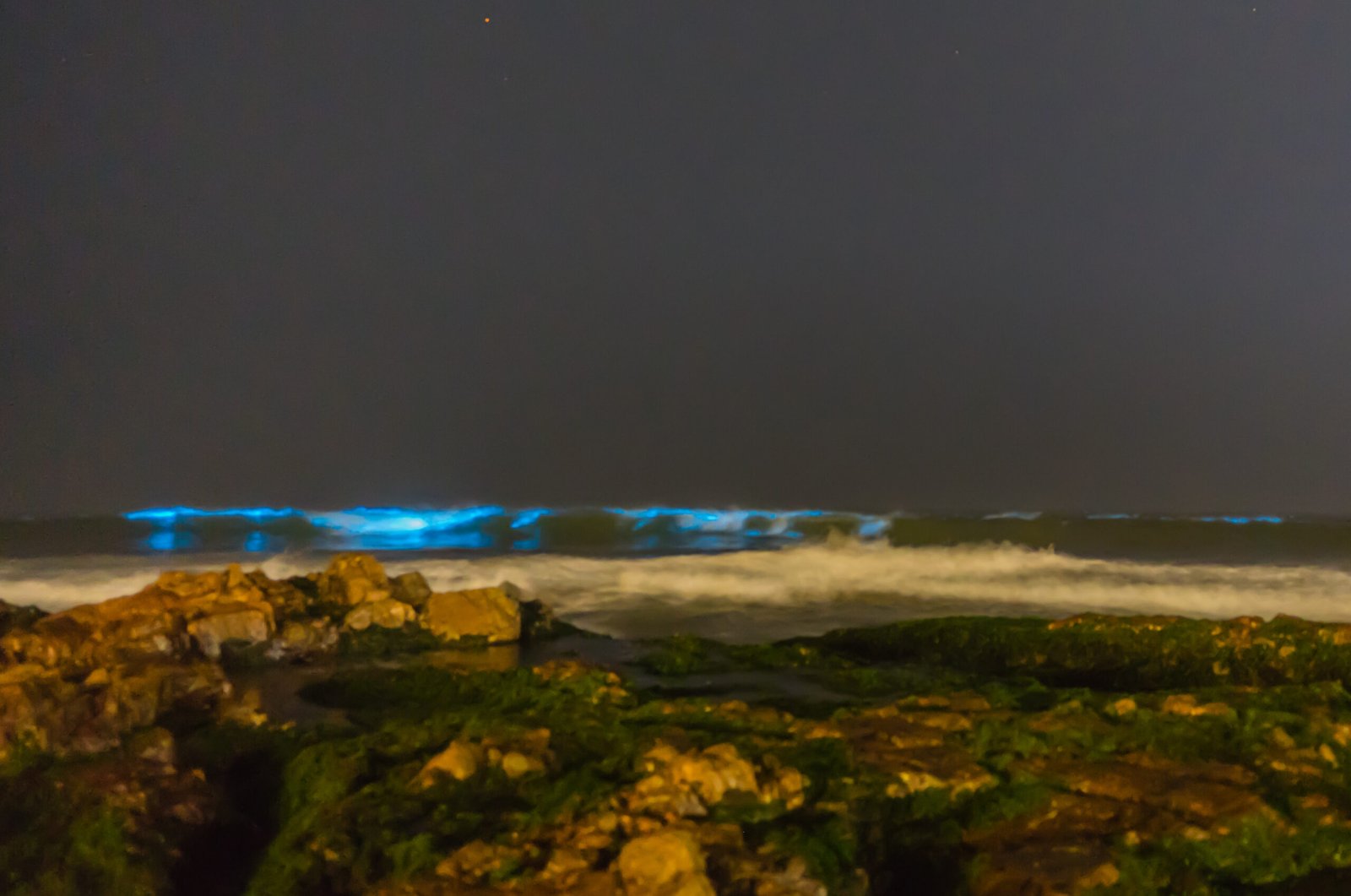
What makes New Zealand’s glowworms truly special is their isolated evolutionary journey. The bioluminescent systems of glowworms and fireflies have distinct evolutionary origins. Glowworms belong to the order Diptera, specifically the family Keroplatidae, while fireflies are beetles classified within the order Coleoptera and the superfamily Elateroidea. These two orders diverged approximately 330 million years ago during the Carboniferous period, and there are no known intervening bioluminescent species betwe This means that glowworms and fireflies independently evolved the ability to produce light – a phenomenon scientists call convergent evolution. In the A. luminosa bioluminescent system, we see the trend reversed: it has a novel luciferin not used by any other characterised system, and a luciferase belonging to an enzyme family seen already in the bioluminescent beetles (including fireflies). In fact, there is a growing group of bioluminescent systems that are evolutionarily distinct and are known to require ATP to produce light, but use entirely different luciferins. Three of these systems use enzymes related to acyl-CoA synthetases to carry out bioluminescence: the bioluminescent beetles/firefly, the Japanese firefly squid (Watasenia scintillans), and now the Arachnocampa glowworm. It’s like nature ran the same experiment twice and got completely different results.
Environmental Guardians of a Delicate Ecosystem

The glowworm caves represent one of nature’s most carefully balanced ecosystems, requiring constant vigilance to protect. The glowworms of the Waitomo Glowworm Caves are closely guarded by a Scientific Advisory Group. This group has automated equipment that continually monitors the air quality especially the carbon dioxide levels, rock and air temperature, and humidity. Data from this equipment is carefully analyzed by specialist staff. The advisory group uses the information to establish how the cave should be managed. They determine if and when air flow patterns should be changed and how many people are allowed to visit the caves each day. The cave climate is managed to ensure the glowworms are not harmed by influxes of dry air, as happened in the 1970s. The glowworms are surprisingly sensitive – they’re like living barometers that respond to the slightest changes in their environment. Even the number of tourists breathing in the caves can affect the delicate balance of carbon dioxide that these creatures need to thrive.
The Daily Rhythm of Living Light
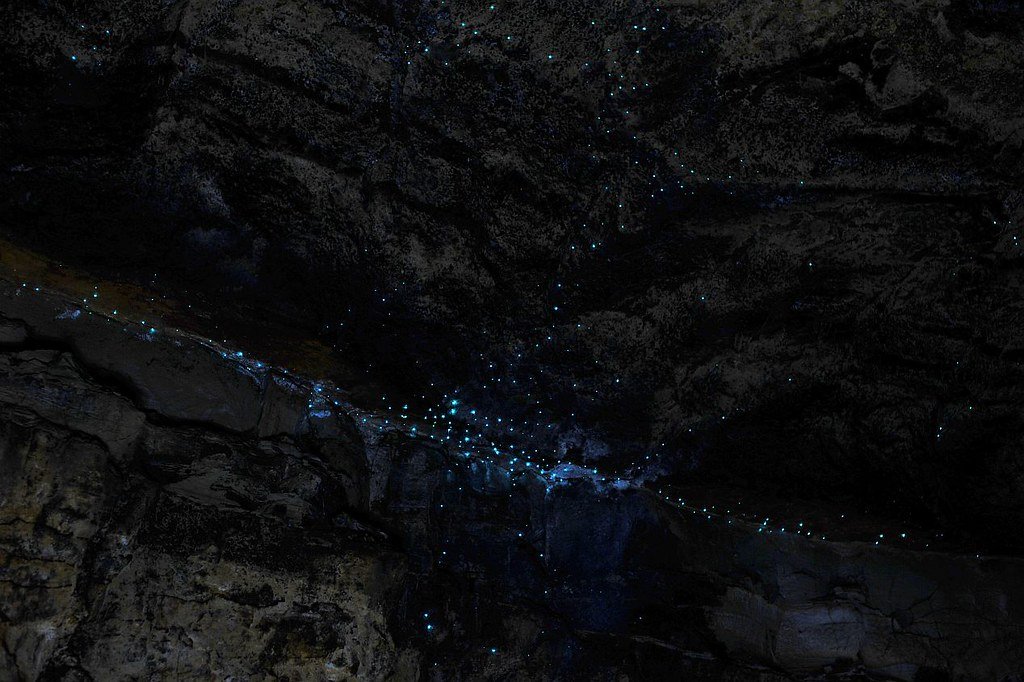
Recent scientific research has revealed that glowworms follow their own mysterious schedule, creating daily light shows that peak at different times. The population exhibits synchronised diurnal cycles of bioluminescence intensity. The time of the acrophase (the peak) of the diurnal cycle varied seasonally between 5 pm in early southern spring and 8 pm in summer. Cave-dwelling glowworms emit light at any time of the day or night, while outdoor glowworms start glowing shortly after dark and usually shine all night. When a glowworm is disturbed, its light often disappears as the larva slithers into a crevice to hide its glow. This behavior suggests that glowworms are more sophisticated than we once thought – they’re not just passive light producers but active participants in a complex ecological rhythm. The roof of a cave covered with larva can look remarkably like a blue starry sky at night. A hungry larva glows brighter than one that has just eaten. It’s like having a mood ring that reflects the creature’s hunger level.
Threats to Paradise: Natural and Human Challenges
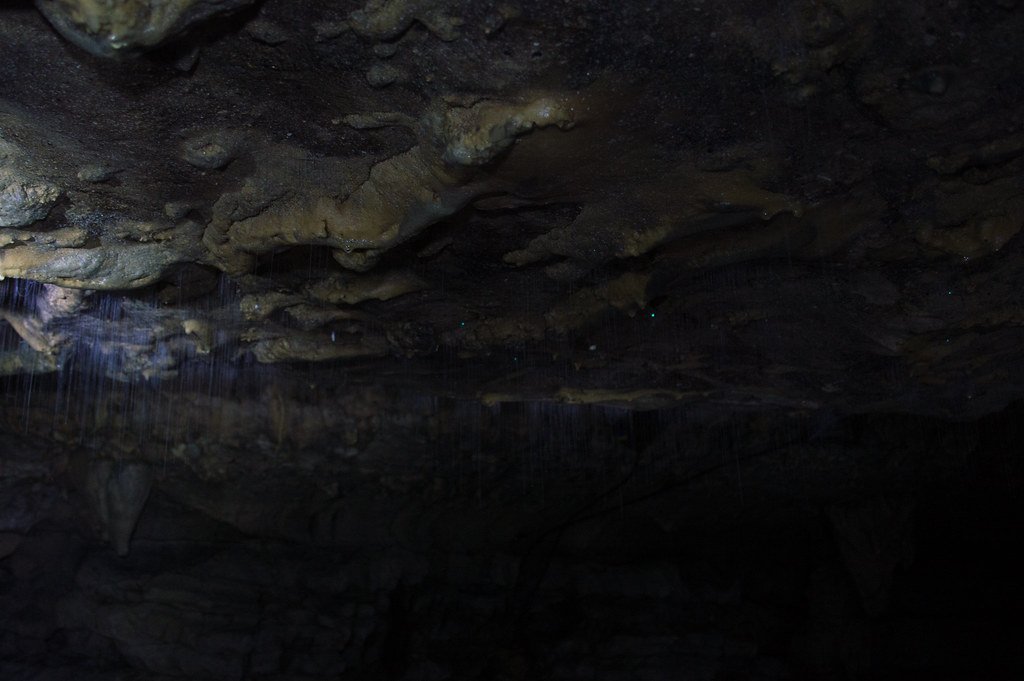
Even in their protected cave environment, glowworms face surprising threats from both nature and human activity. Arachnocampa luminosa have a few natural predators; the most notable being the cave harvestmen (including the short-legged harvestmen, Hendea myersi cavernicola, and the long-legged harvestmen, Megalopsalis tumida). These spiders are remarkably efficient at hunting, with recordings in Waitomo caves observing successful captures of separate adult glowworm within just 133 seconds after pair separation. Another cause of mortality is a result of a white fungal pathogen identified as Tolypocladium sp. (Moniliales). This pale-looking fungus preys on the glow-worm pupae, with statistics suggesting that approximately 40% of pupae found in caves can fall victim to it. Perhaps most concerning, Preliminary experiments show indication that an increase in temperature of Glowworm inhabited caves are a direct cause for the prevalence of the fungus, in contrast to non-toursit caves in the Waitomo district. It’s a delicate balance – tourism brings awareness and funding for conservation, but it also brings the very threats that could destroy what people come to see.
The Biochemical Laboratory in Every Glowworm
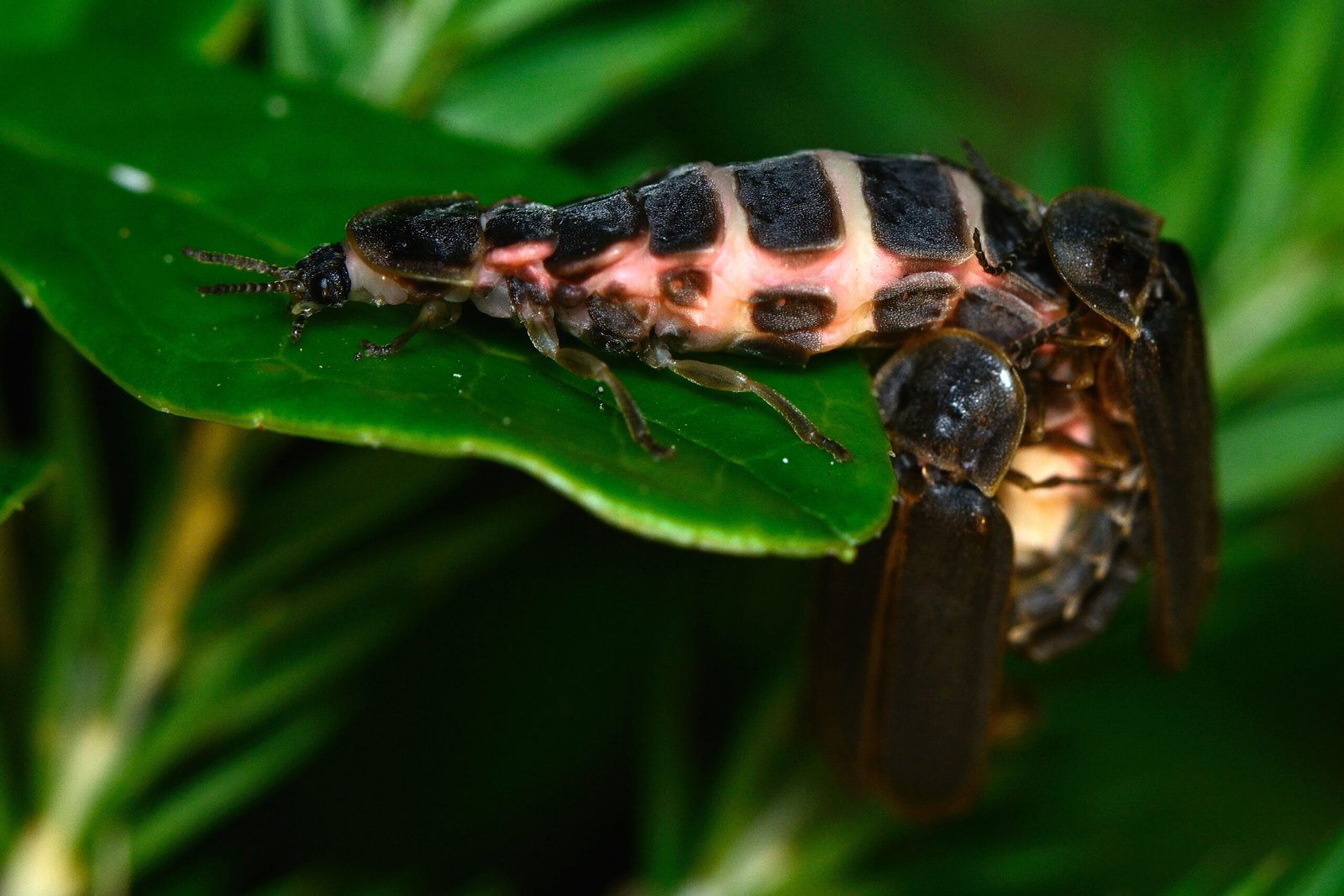
Inside each tiny glowworm lies a sophisticated biochemical laboratory that would make any scientist envious. The glow is the result of a chemical reaction that involves luciferin, the substrate; luciferase, the enzyme that acts upon luciferin; adenosine triphosphate, the energy molecule; and oxygen. It occurs in modified excretory organs known as Malpighian tubules in the abdomen. Unlike other insects, Arachnocampa tubules have light producing cells at the tips, which function independently of the waste excretion cells. Recent research has revealed just how unique this system really is. Our research on A. luminosa using transcriptome sequencing and differential analysis of expression from the light organ compared with non-light organ tissue, revealed three candidate glowworm luciferases, all from the same superfamily of enzymes as the firefly luciferase. A recent study of bioluminescence in Australian glowworms reported the identification of the A. richardsae luciferase. Think of it as nature’s version of a LED light, but one that runs on biological fuel and produces virtually no heat. Glow-worms are remarkably energy-efficient, and can bioluminesce for up to three months without eating.
Modern Tourism Meets Ancient Wonder
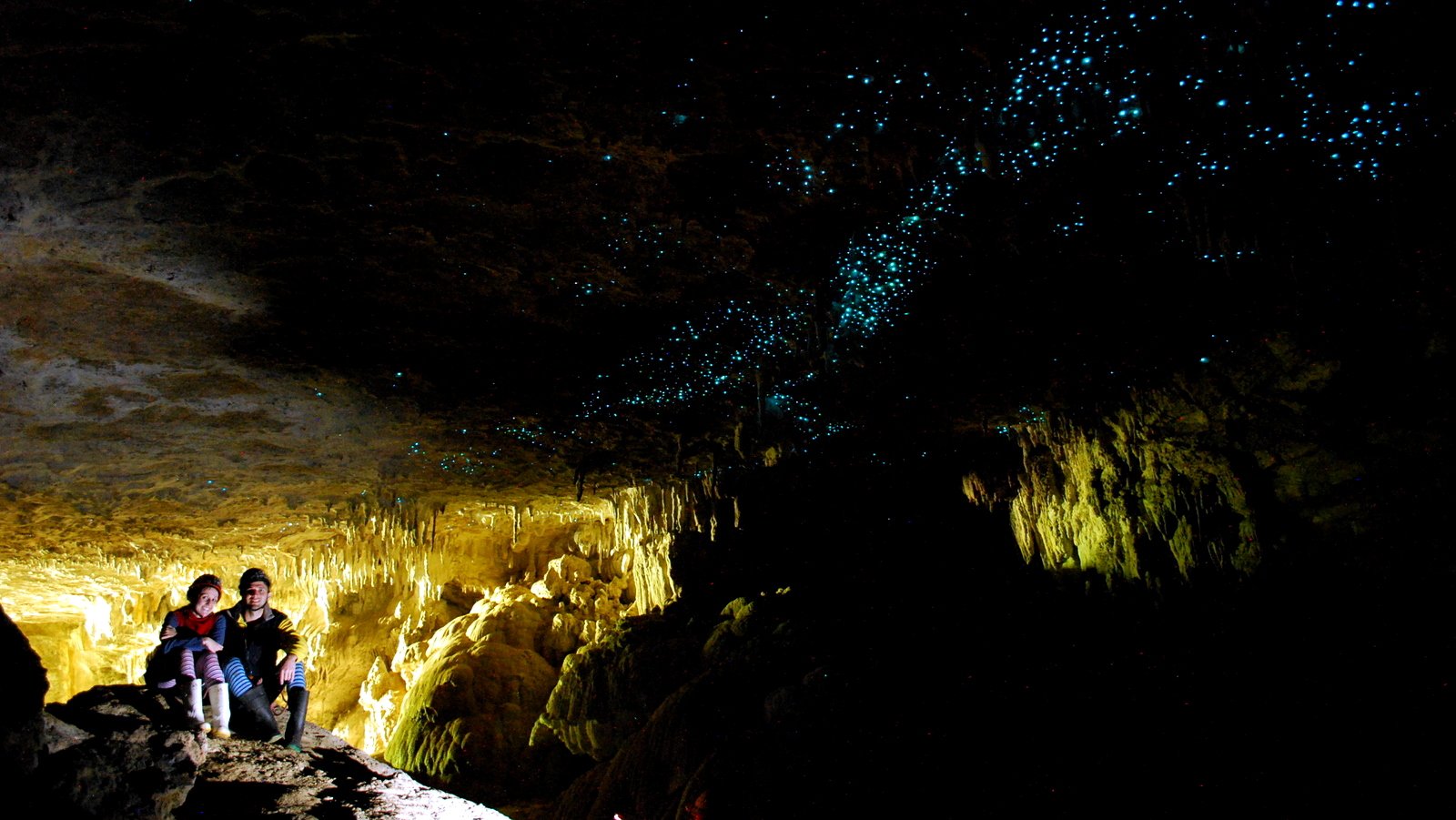
Today’s Waitomo experience balances modern convenience with the timeless magic of the caves. These days, around half a million people visit the caves every year. A huge industry has built up to help people visit the Waitomo glow worm caves, with plenty of options available depending on what you’re looking to do. The Waitomo Glowworm Caves have been a popular tourist attraction for more than 130 years. People from all over the world come to see the magical glowworms. The experience remains remarkably similar to those first expeditions: Today, travelers can explore the cave in much the same way as it was first discovered. Visitors walk through several chambers before entering the Glowworm Chamber where they board boats and proceed through the dark




